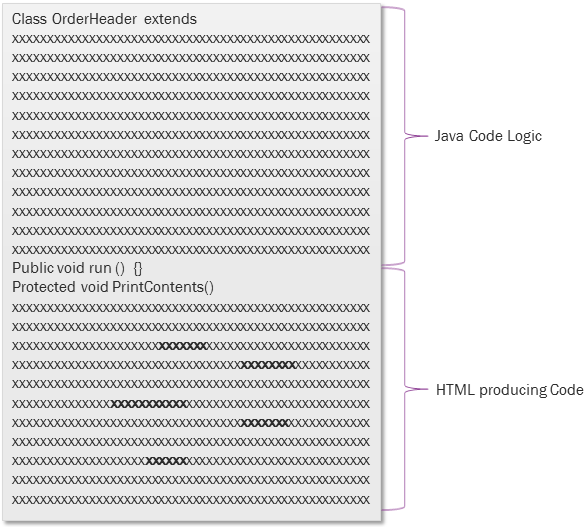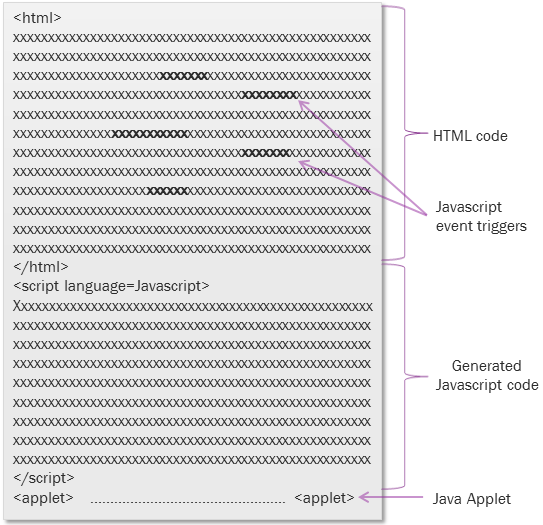| Foundation1 / Development Guide / Web Client / Introduction / |
This page provides overview of what are the technologies being used in IFS Web Client and how they are used. Also they will explain the architecture of IFS Web Client, how it is structured, how it works etc.
IFS Web Client uses the following languages that are described in the linked pages:
IFS Web Client component is a framework for creating a web based user interface for IFS Application. Since IFS Web Client 3.5, Web client was made platform independent which fully uses Java technology. IFS Web Client is written entirely in the Java programming language and deployed in a Java EE application server as a web archive. The framework is build on the Java Servlet architecture. The IFS Web Client Architecture chapter in the Foundation1 Overview will walk you through some of the technologies used and the architecture of IFS Web Client.
For technical overview of IFS Web Client please visit "Technical Overview" section.
At the web server an IFS Web Client Java framework library is available. The Java pages instantiates these Java objects and uses their functionality to, for an example access the business logic and the data. Database access and authentication is always done through the Extended Server. The Java framework acts like a class library available from the Java-pages in the web tier part of Java EE application server. The Java classes include different functionality:
The execution of a Java page is initiated by the RequestHandler servlet, one of the few servlets that the IFS Web Client uses. A Java page is an ordinary Java class that will indirectly be called from the RequestHandler. The RequestHandler construct an instance of ASPManager and ASPManager instance take responsibility to find the corresponding class according to the requested URL. And run its logic and produce the HTML.
Java pages at the Server

A Java file at the servlet engine can be divided into two sections:
Java pages at the client

The response sent from the web server/servlet engine to the client web-browser might contain three typed of code: